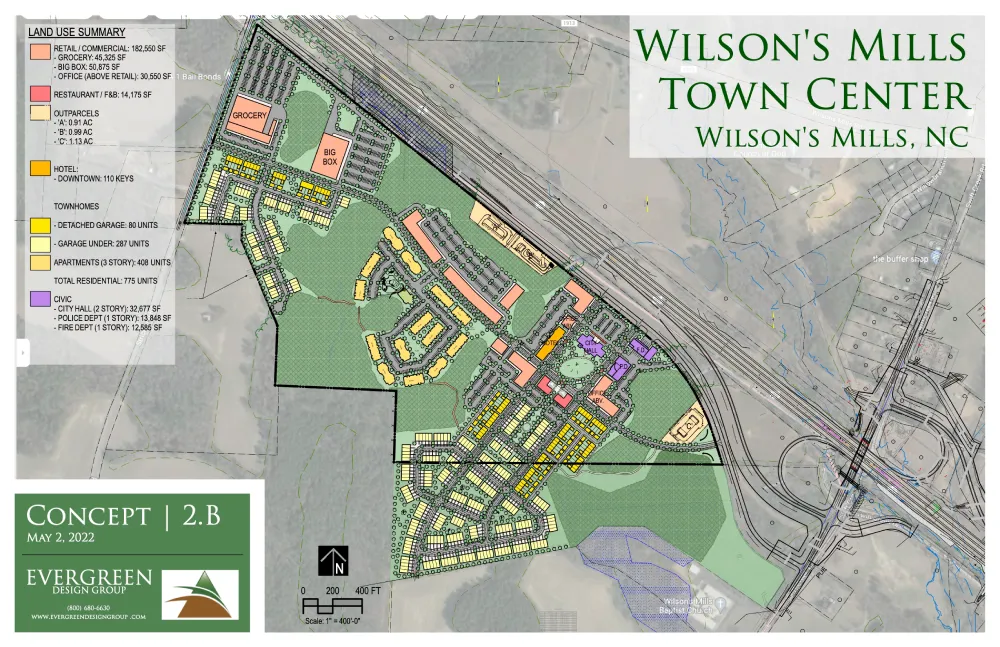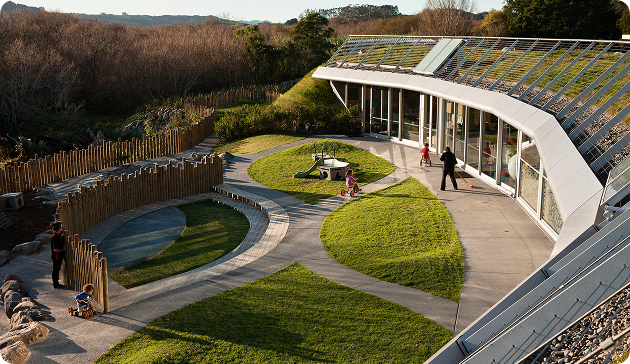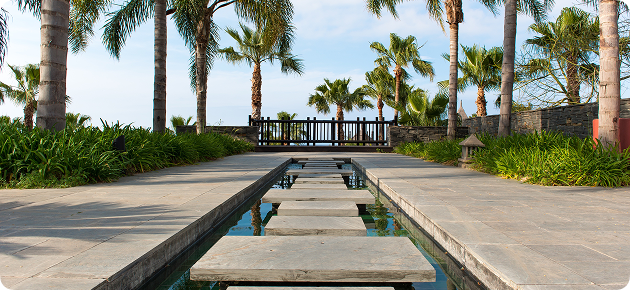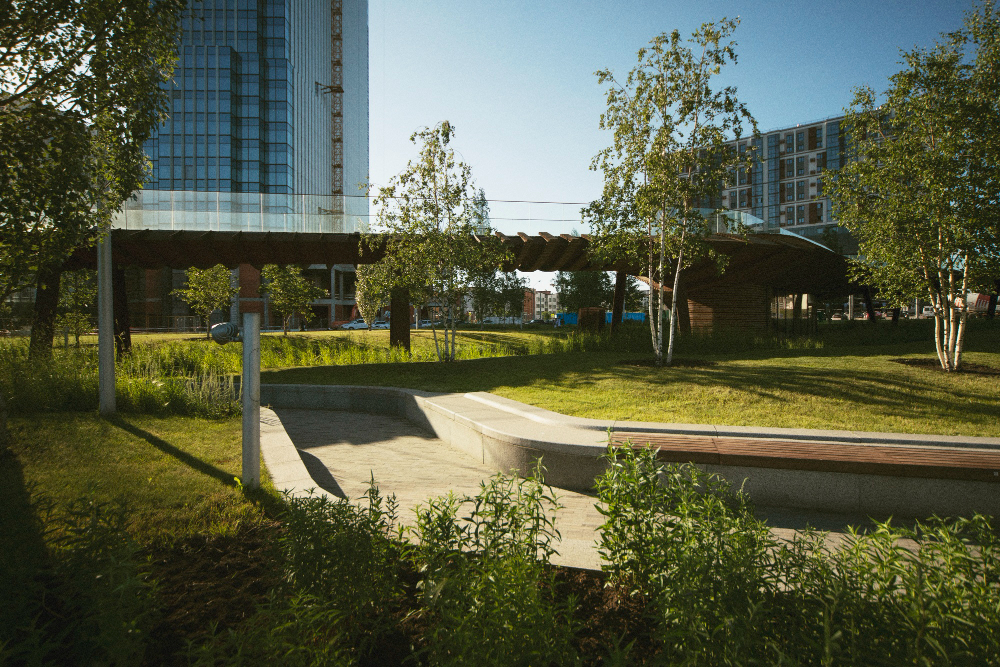
What Is Land Planning? Why Choosing the Right Land Planner Matters for Your Development
When embarking on a new development project—whether it’s a single-family neighborhood, a multi-family community, a mixed-use hub, or a large commercial property—one of the first












